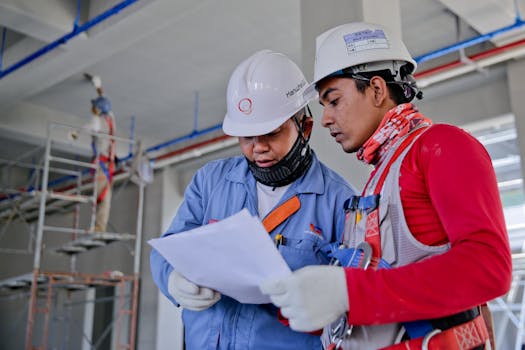Ski Slope Safety: The Necessary Equipment and Essential Rules to Avoid Injuries
As winter approaches, ski enthusiasts flock to the mountains, eager to carve their way down the slopes. However, skiing and snowboarding come with inherent risks. According to the National Ski Areas Association (NSAA), there were approximately 44 million skier and snowboarder visits in the United States during the 2020-2021 season, with an injury rate of about 2.5 injuries per 1,000 skier visits. To ensure a safe and enjoyable experience, it is crucial to understand the necessary equipment and essential rules that can help prevent injuries on the slopes.
Essential Ski Equipment for Safety
Having the right equipment is fundamental to skiing safely. Here are some essential items that every skier or snowboarder should consider:
- Helmet: A properly fitted helmet can significantly reduce the risk of head injuries. Studies show that wearing a helmet can decrease the likelihood of head trauma by up to 60%.
- Goggles: Protecting your eyes from UV rays and wind is vital. Goggles enhance visibility in varying weather conditions, which is crucial for avoiding obstacles.
- Properly Fitted Boots: Boots that fit well provide better control and reduce the risk of ankle injuries. Always ensure your boots are adjusted correctly before hitting the slopes.
- Bindings: Ensure that your ski or snowboard bindings are set correctly for your skill level and weight. Incorrectly adjusted bindings can lead to serious injuries.
- Layered Clothing: Dressing in layers helps regulate body temperature and keeps you dry. Waterproof and breathable outer layers are essential for comfort and safety.
Understanding the Rules of the Slopes
In addition to having the right equipment, adhering to the rules of the slopes is crucial for safety. The following guidelines, often referred to as the “Skier’s Responsibility Code,” should be followed:
- Always Stay in Control: Skiers and snowboarders should be able to stop or avoid others at all times. This is essential for preventing collisions.
- Yield to Others: Those ahead of you on the slope have the right of way. Always be aware of your surroundings and yield to those below you.
- Look Before You Leap: Before entering a trail or making a turn, always check for other skiers or snowboarders.
- Observe Signs and Warnings: Pay attention to trail signs and warnings. They are there for your safety and can help you avoid dangerous areas.
- Use Proper Equipment: Ensure that your equipment is in good condition and appropriate for your skill level. This includes checking for any damage before each use.
Case Studies and Statistics on Ski Injuries
Understanding the statistics surrounding ski injuries can help emphasize the importance of safety. A study published in the American Journal of Sports Medicine found that the most common injuries among skiers are:
- Ligament injuries (especially to the knee)
- Fractures (particularly of the wrist and collarbone)
- Head injuries (despite the increased use of helmets)
In a notable case, a 2016 report highlighted that a skier who collided with another skier suffered a severe head injury, despite wearing a helmet. This incident underscores the importance of not only wearing protective gear but also following slope etiquette and rules.
Conclusion: Prioritizing Safety on the Slopes
As you prepare for your next skiing adventure, remember that safety should always be your top priority. Equipping yourself with the necessary gear, such as helmets and properly fitted boots, can significantly reduce the risk of injury. Additionally, adhering to the essential rules of the slopes will help create a safer environment for everyone. By being aware of your surroundings and respecting fellow skiers, you can enjoy the thrill of skiing while minimizing the risks involved.
In summary, skiing is an exhilarating sport that can be enjoyed safely with the right precautions. Equip yourself properly, follow the rules, and stay informed about the risks to ensure a fun and injury-free experience on the slopes.
